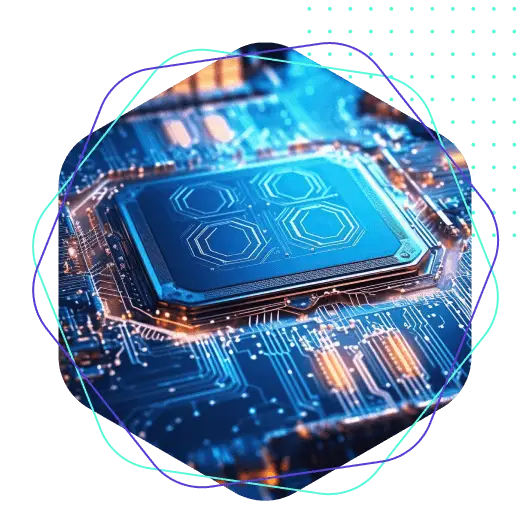You’re designing a printed circuit board with high-speed signals. Suddenly, it’s not a question of simply putting pieces together anymore. It’s a question of getting your signals from point A to point B without delay, interference, or distortion. Welcome to high speed PCB design guidelines.
Let’s break down the essentials you need to have a hassle-free and effective high speed PCB layout.
Stack Up Layer Configuration Matters
First and foremost, your PCB’s stack-up matters. A well-designed layer structure reduces noise and electromagnetic interference (EMI). Signal layers typically fall between power and ground planes. Why? Because it offers a good return path to signals and keeps everything tidy and organized. Not only does it enhance performance but it also makes your PCB easier to handle.
Keep Impedance Under Control
Impedance control is a must. If your traces aren’t at the impedance you need, you’ll observe reflection, loss, and all sorts of bad behaviour. Designers usually calculate trace width and spacing based on the layer stack to achieve the right impedance for those high-speed signals.
Route Like a Pro
Even if you have your pieces arranged like a pro, your routing still takes finesse. High speed PCB design is all about neat and efficient trace routing. Keep those traces short, straight, and consistent. Don’t create those corners abrupt—smooth ones will preserve your signals. And yes, you’ll likely have to make some placement changes mid-stream to make it all work.
Think About EMC
No one wants a board that disturbs other hardware. Design with electromagnetic compatibility in mind. Shield sensitive areas, ground correctly, and isolate high-speed signals from noisy regions. Your completed product and your users will thank you.
Test Before You Build (and After)
Simulation software is your design-time best friend. It enables you to visualize signals without ever creating a prototype. When you build your board, instruments like time-domain reflectometry (TDR) can check that your high-speed signals act as you have designed.
Final Thoughts
Following proven high-speed PCB design guidelines with insights from Silicon Signals allows you to design stable, high-performance electronics that perform like a dream. Keep these tips in mind, and you’ll be well on your way to being a pro at your next high-speed PCB layout.



